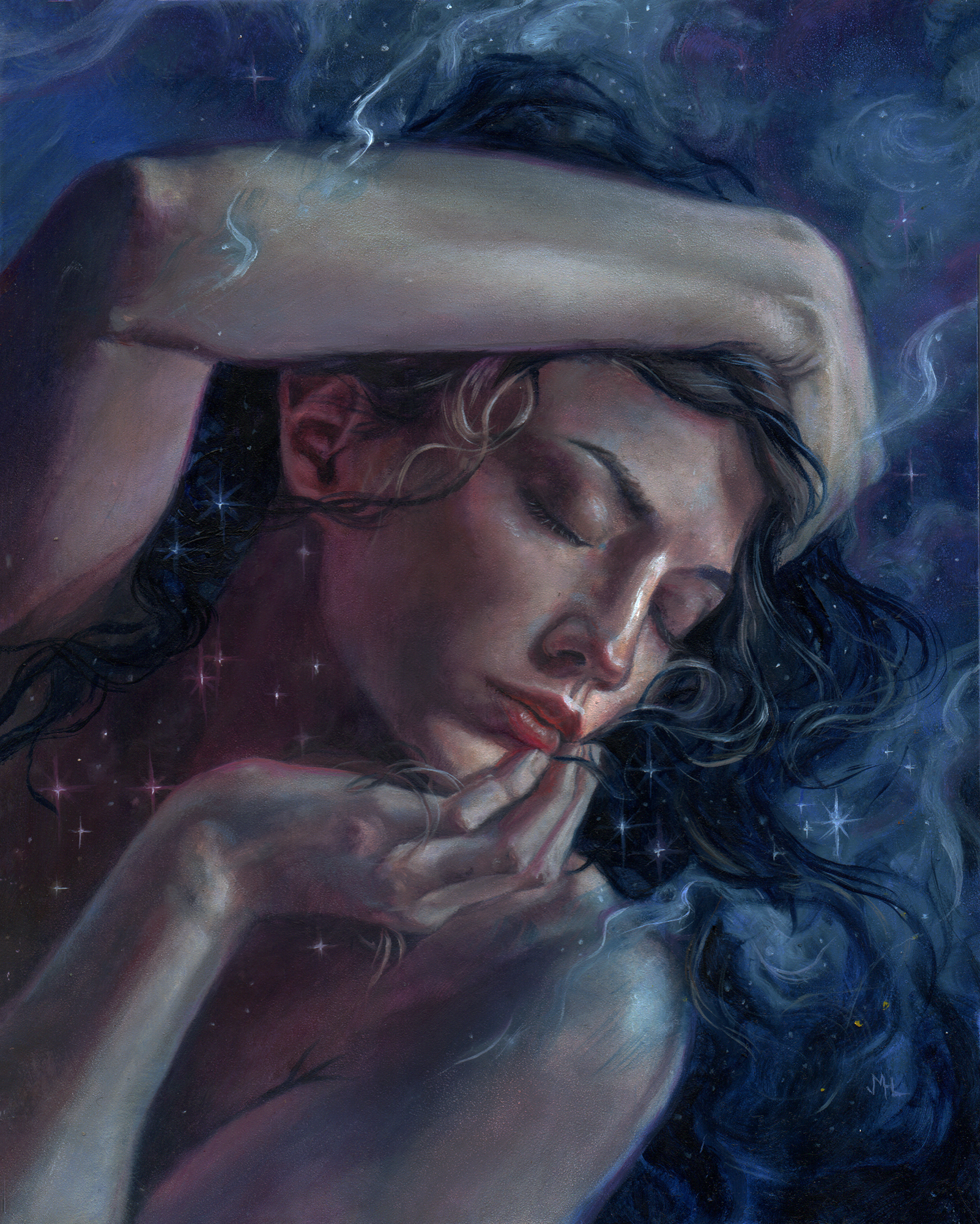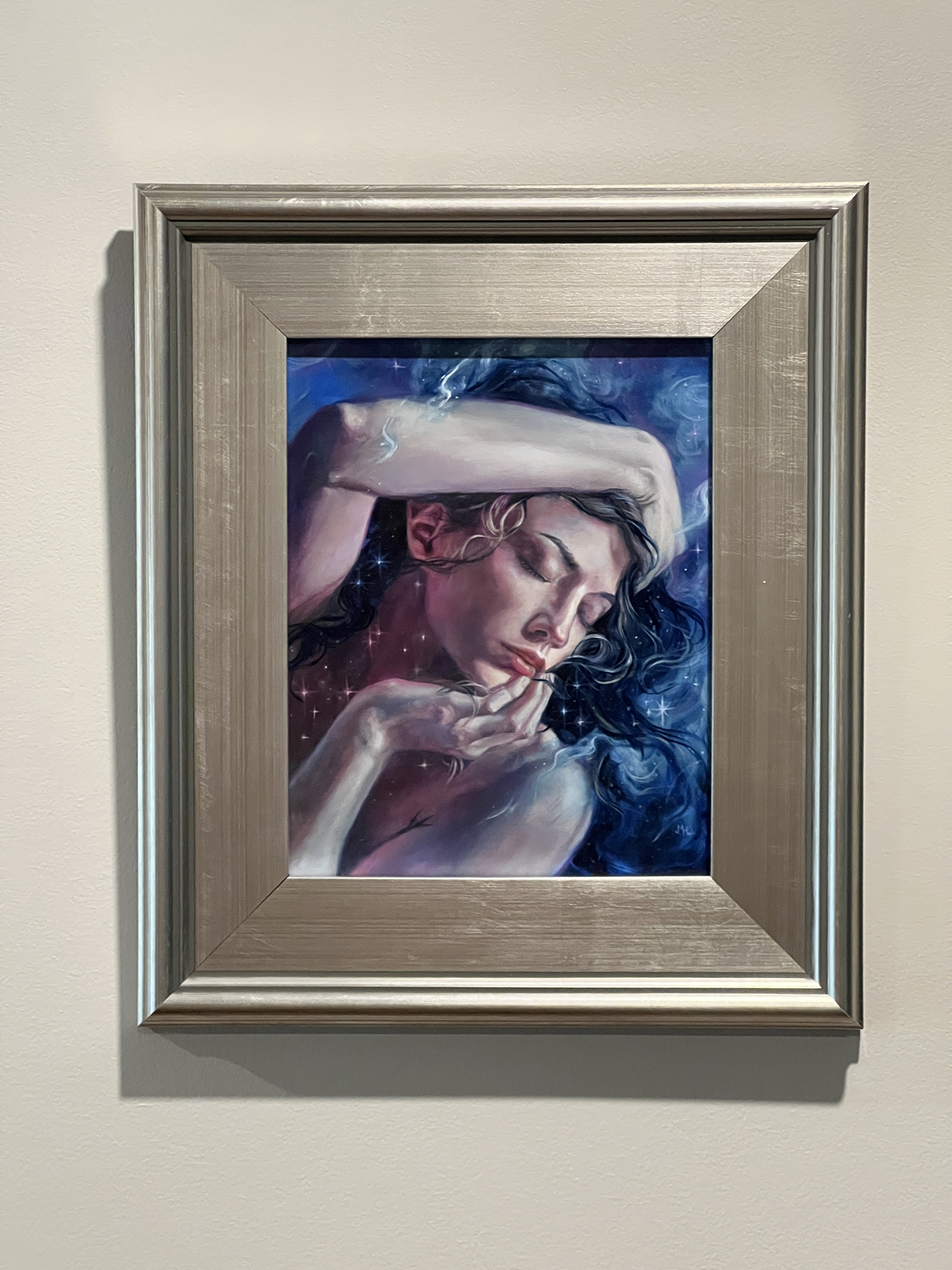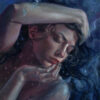WANT TO BUY EARLY?
Unlock 30 minutes early on our mailing list
Nova
by Jennifer Hrabota-Lesser
“I have loved the stars too fondly to be fearful of the night”
-Sarah Williams
8″ x 10″
Oil on Board
$500 $500
In stock
Jennifer Hrabota-Lesser
The work of Jennifer Hrabota Lesser explores the edges of discomfort while maintaining the serene and and calm facade expected of modern women. Her work references fables, mythology, social and religious constructs, and where these constructions fail to support the unyielding center.
Her subjects are often embattled, finding or losing their own power. They deal with what the unconscious conveys beyond the armor of the exterior, and the need to cover up the unseemly with something beautiful.
Her subjects are often embattled, finding or losing their own power. They deal with what the unconscious conveys beyond the armor of the exterior, and the need to cover up the unseemly with something beautiful.
PAST ORIGINALS
A few you might have missed!
-
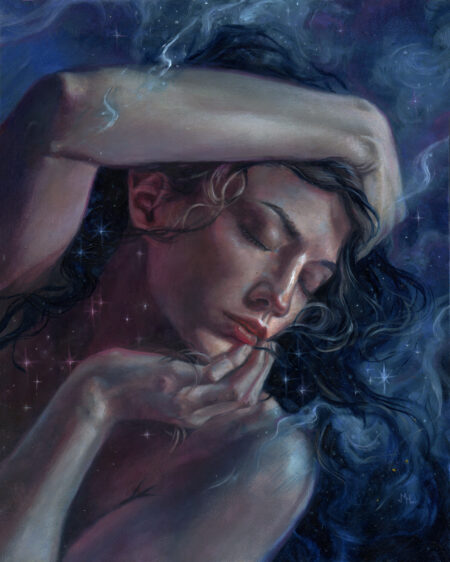
Nova
By Jennifer Hrabota-Lesser $500 $500 Add to cart -
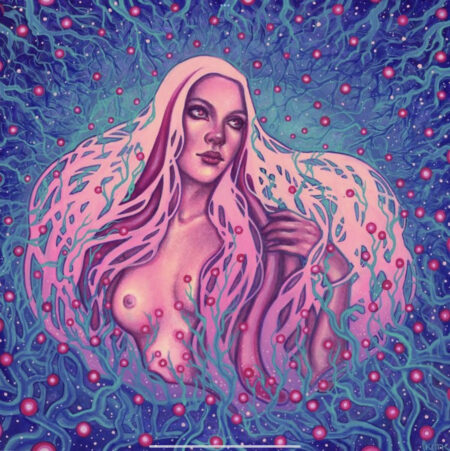
“Burrow”
By Kelly McKernan $575 $575 Add to cart -
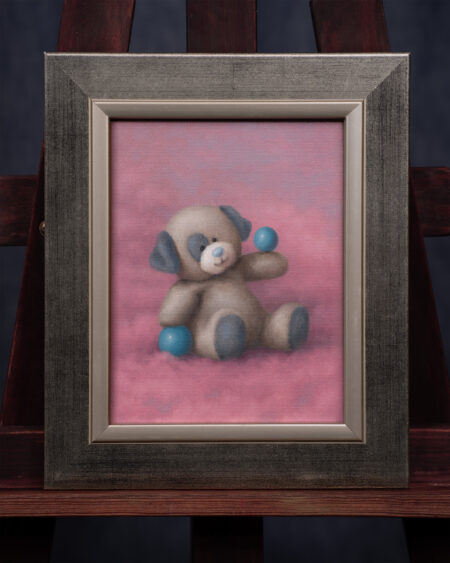
Guardian of softness
By Marta Witkiewicz $280 $280 Add to cart -
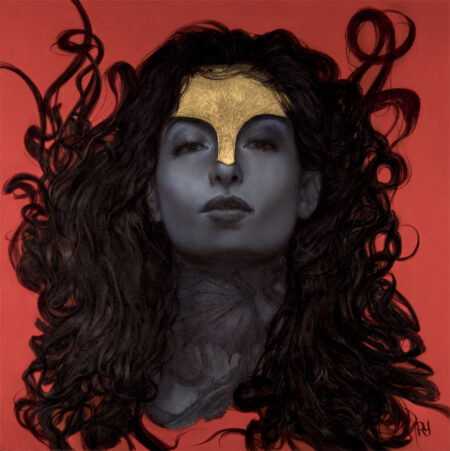
WHAT
By Rebecca Yanovskaya $600 $600 Add to cart -
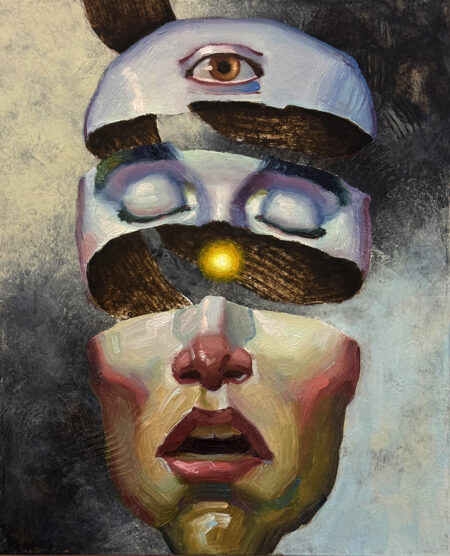
The Light Within the Rift
By Ron Lemen $500 $500 Add to cart -
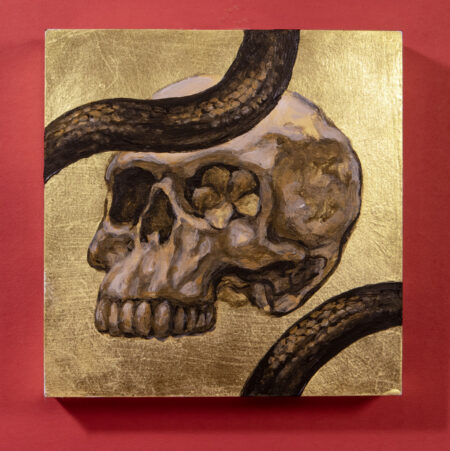
Memoria
By Kristina Carroll $400 $400 Add to cart -
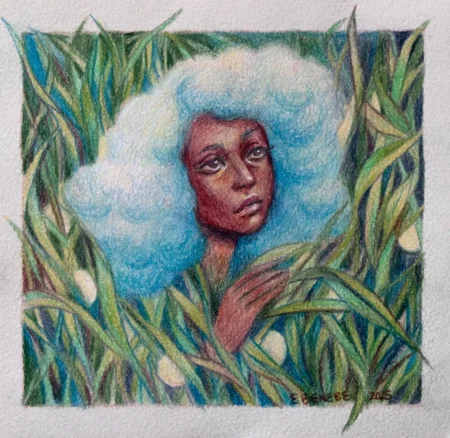
Iris
By Ejiwa "Edge" Ebenebe $155 $155 Add to cart -
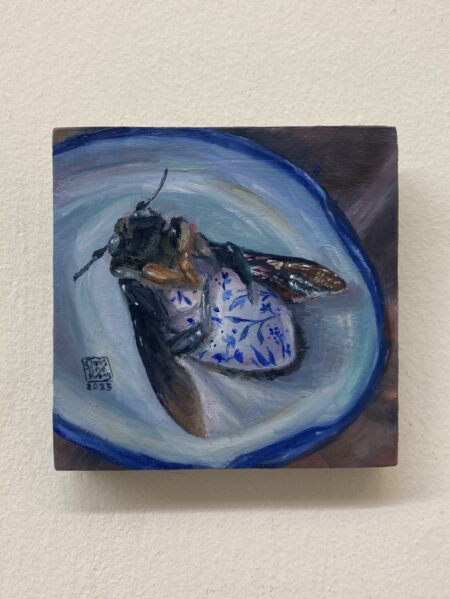
Pondering Dreams
By Christine R. Bay $150 $150 Add to cart


